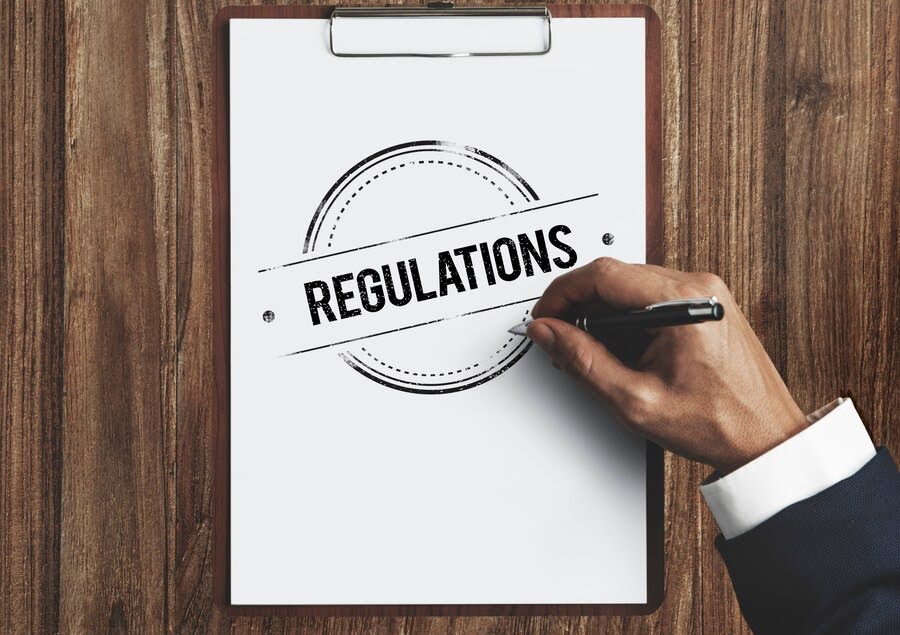
CPRA Regulations Compliance: Steps for Safeguarding Consumer Privacy
What are CPRA Regulations and Consumer Privacy?
The California Privacy Rights Act (CPRA) heralds a new era in consumer privacy protection, introducing comprehensive regulations to govern the handling of personal data. At its core, CPRA is a legislative initiative designed to empower individuals with greater control over their personal information, offering enhanced rights and imposing stringent obligations on businesses that collect and process such data. Understanding the symbiotic relationship between CPRA regulations and consumer privacy is pivotal, as it forms the foundation for ethical and responsible data practices.
How to Achieve CPRA Regulations Compliance?
Achieving CPRA compliance necessitates a meticulous and systematic approach that permeates every facet of a business’s data ecosystem. It begins with a thorough audit of data processing activities, assessing the categories and volumes of data collected, the purposes for which it’s used, and the security measures in place. This section provides a roadmap for businesses, guiding them through the intricacies of compliance, from appointing a dedicated privacy officer to implementing robust security protocols. Achieving CPRA compliance is not a one-time event; it’s an ongoing commitment to evolving with the regulatory landscape.
Why CPRA Compliance is Crucial for Safeguarding Consumer Privacy?
CPRA compliance stands as a linchpin for safeguarding consumer privacy, weaving a robust framework around the handling of personal data. In the era of data-driven interactions, cpra regulations play a pivotal role in establishing transparent and accountable practices. Compliance isn’t merely a legal imperative; it’s an ethical commitment to empowering individuals with control over their data. By adhering to CPRA regulations, businesses signal their dedication to fostering trust and transparency, assuring consumers that their personal information is handled responsibly. In this symbiotic relationship between CPRA compliance and consumer privacy, the adherence to stringent standards becomes a beacon of assurance in the evolving landscape of data protection.
Tips for Effective CPRA Compliance Implementation
Effectively implementing CPRA compliance requires more than procedural adherence; it demands a strategic and cultural shift within an organization. This section offers practical tips for businesses, ranging from fostering a privacy-centric culture among employees to leveraging technology for automated compliance checks. By embedding these tips into their operational framework, businesses not only streamline their compliance efforts but also establish a proactive and adaptive approach to safeguarding consumer privacy.
Types of Consumer Data Protected by CPRA Regulations
Consumer data comes in various forms, each demanding a specific level of protection. From personal identifiers to sensitive information such as financial and health data, CPRA regulations categorize and define the types of data requiring heightened safeguards. This section provides clarity on the nuanced aspects of protecting different types of consumer data, ensuring that businesses tailor their compliance strategies to the specific categories that fall under CPRA regulations.
Navigating CPRA Compliance for Different Business Models
The adaptability of CPRA compliance across diverse business models is crucial for its effective implementation. This section navigates the landscape of compliance for various industries, offering insights into tailoring strategies based on the unique data processing practices and structures of each sector. Whether in retail, technology, or healthcare, businesses gain guidance on how to customize their compliance efforts to align seamlessly with CPRA regulations.
Addressing Challenges in CPRA Compliance Implementation
Implementing CPRA compliance is not without its challenges, from complexities in data governance to the need for ongoing employee training. This section addresses common hurdles businesses may encounter during implementation and provides strategies to overcome these challenges. By acknowledging and proactively addressing potential roadblocks, businesses fortify their compliance efforts, ensuring a resilient and adaptive framework that upholds consumer privacy standards.
The Evolving Landscape: Tips for Staying Current with CPRA Changes
Staying current with CPRA changes is pivotal in the dynamic landscape of data protection. This section offers tips on how businesses can monitor regulatory updates, adapt their strategies to evolving privacy laws, and ensure ongoing alignment with CPRA regulations. By remaining vigilant and proactive in response to changes, businesses not only maintain effective consumer privacy safeguards but also position themselves as leaders in ethical and responsible data management practices.
Conclusion
Navigating CPRA Regulations Compliance is more than a legal obligation; it’s a commitment to safeguarding consumer privacy ethically and responsibly. As businesses embark on the journey of adhering to CPRA standards, they fortify not only their legal standing but also their relationship with consumers. This comprehensive guide emphasizes that compliance requires a strategic and cultural shift, fostering transparency, trust, and accountability. Safeguarding consumer privacy is not a static task; it’s an ongoing commitment to adapt, evolve, and uphold the highest standards in an ever-changing landscape. By embracing these steps, businesses ensure not just compliance but a resilient framework for ethical data practices.


